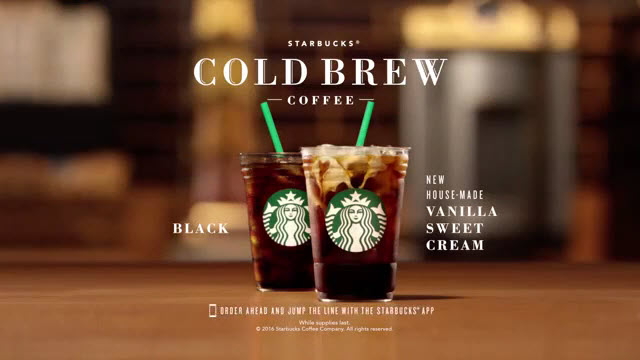The Impact of Video Content on Digital Marketing: Trends and Insights

In the dynamic landscape of digital marketing, video content has emerged as a powerful tool for businesses to connect with their audience, tell compelling stories, and drive engagement. From social media platforms to websites and email campaigns, video content has become a key component of successful digital marketing strategies. Boston web design services use the expertise and creativity to integrate video content seamlessly into digital marketing strategies. By understanding the unique needs and goals of each client, you can tailor video production and distribution to maximize impact and engagement across various digital channels.
Rise of Video Consumption

Video consumption on digital platforms has seen a significant surge in recent years. With the widespread availability of high-speed internet and the prevalence of smartphones, consumers are increasingly turning to video content for entertainment, information, and inspiration. Platforms like YouTube, TikTok, Instagram, and Facebook have become hubs for video consumption, offering diverse content formats that cater to different audience preferences.
Memorable and Engaging Content
One of the key advantages of video content in digital marketing is its ability to engage and captivate audiences. Videos allow businesses to convey their message in a visually compelling and emotionally resonant manner. Whether it’s product demonstrations, customer testimonials, behind-the-scenes footage, or animated explainers, video content has the power to leave a lasting impression and evoke a strong emotional response from viewers.
Social Media Dominance

Social media platforms have become central to video marketing strategies, with businesses leveraging features like live streaming, stories, and native video uploads to engage their followers. The algorithmic preferences of platforms like Instagram and Facebook also prioritize video content, giving businesses an opportunity to reach a wider audience and increase their organic reach. Short-form videos, in particular, have gained popularity, with platforms like TikTok revolutionizing the way brands connect with younger demographics.
SEO and Video Optimization
Video content plays a crucial role in search engine optimization (SEO) and improving organic search visibility. Search engines like Google prioritize video content in search results, especially for queries with high video intent. By optimizing video titles, descriptions, tags, and thumbnails, businesses can improve their chances of appearing in relevant search queries and driving organic traffic to their website or social media channels.
Personalization and Interactivity
Interactive video content, such as quizzes, polls, and clickable annotations, has become a trend in digital marketing. These interactive elements not only enhance user engagement but also allow businesses to gather valuable data and insights about their audience’s preferences and behavior. Personalized video experiences, tailored to individual viewer interests and demographics, can also drive higher conversion rates and customer satisfaction.
How to Measure Success and ROI

Measuring the success of video marketing campaigns is essential for optimizing strategies and demonstrating ROI. Key metrics to track include views, watch time, engagement rate, click-through rate, conversions, and social shares. Analyzing these metrics allows businesses to identify what’s working, refine their content strategy, and allocate resources effectively for future video initiatives.
Video content has a profound impact on digital marketing, driving engagement, brand awareness, and conversion rates. By staying abreast of current trends, leveraging the strengths of different video formats and platforms, and measuring performance metrics, businesses can harness the full potential of video content to achieve their marketing goals and connect with their audience in meaningful ways.


